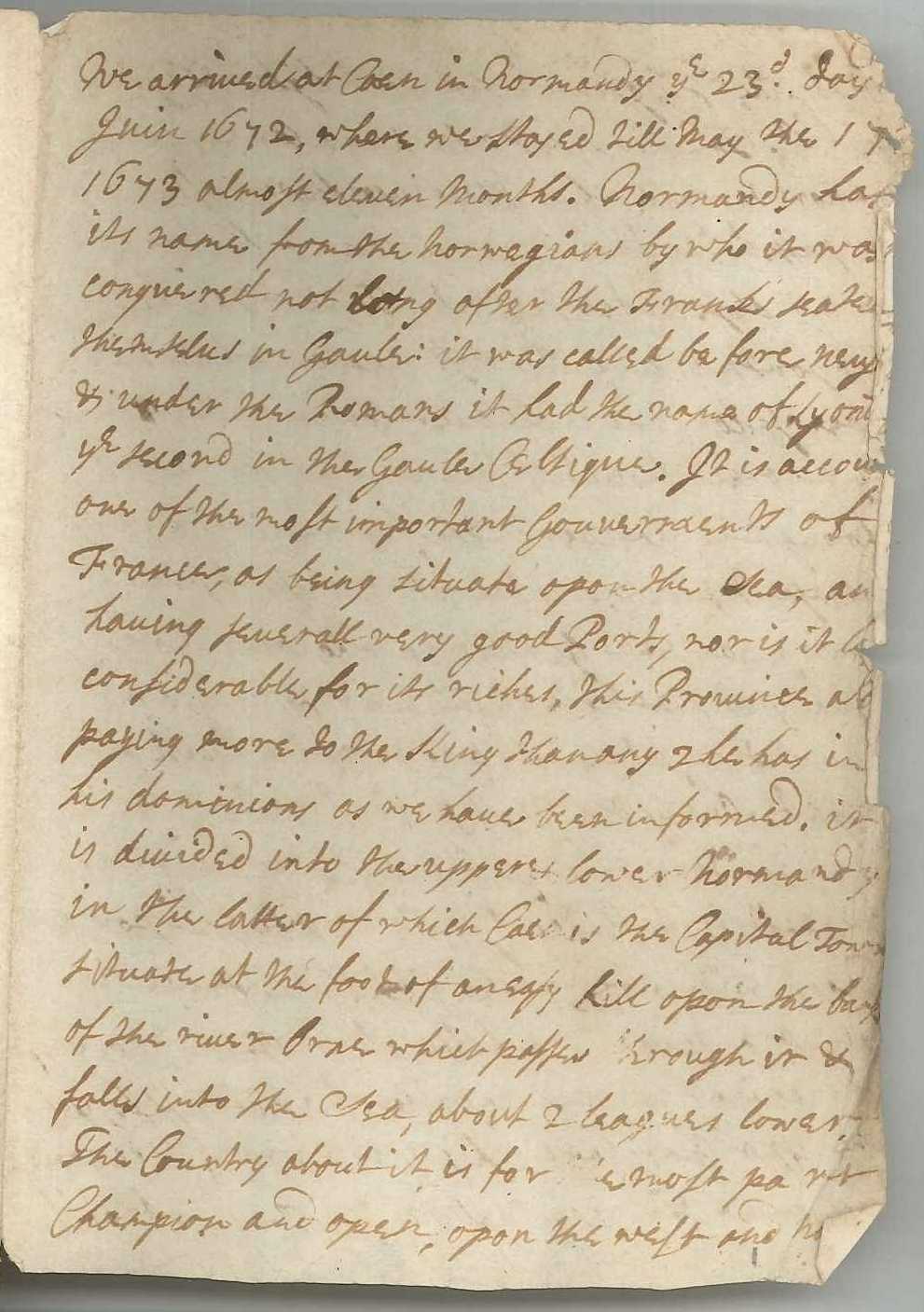John, afterwards 1st Baron Ashburnham, aged 17 on a ‘Grand Tour’ through France and Switzerland.
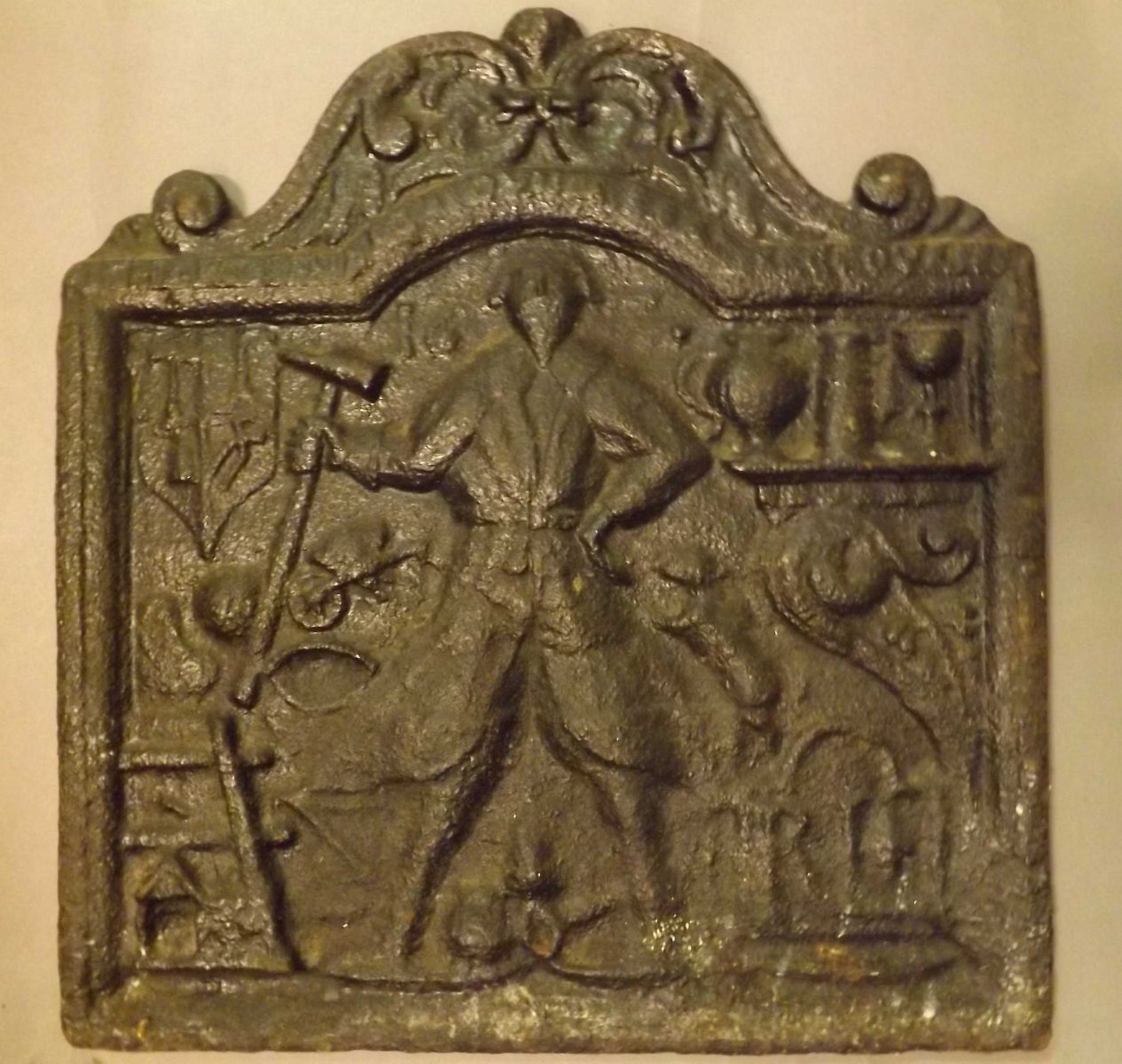
Fireback
Fireback showing Richard Lennard, the founder at Brede Furnace, with the tools and products of his trade. His initials appear in a cartouche in the bottom right hand corner. A furnace is shown at bottom, and a wheelbarrow is tipping materials into the top of the furnace.
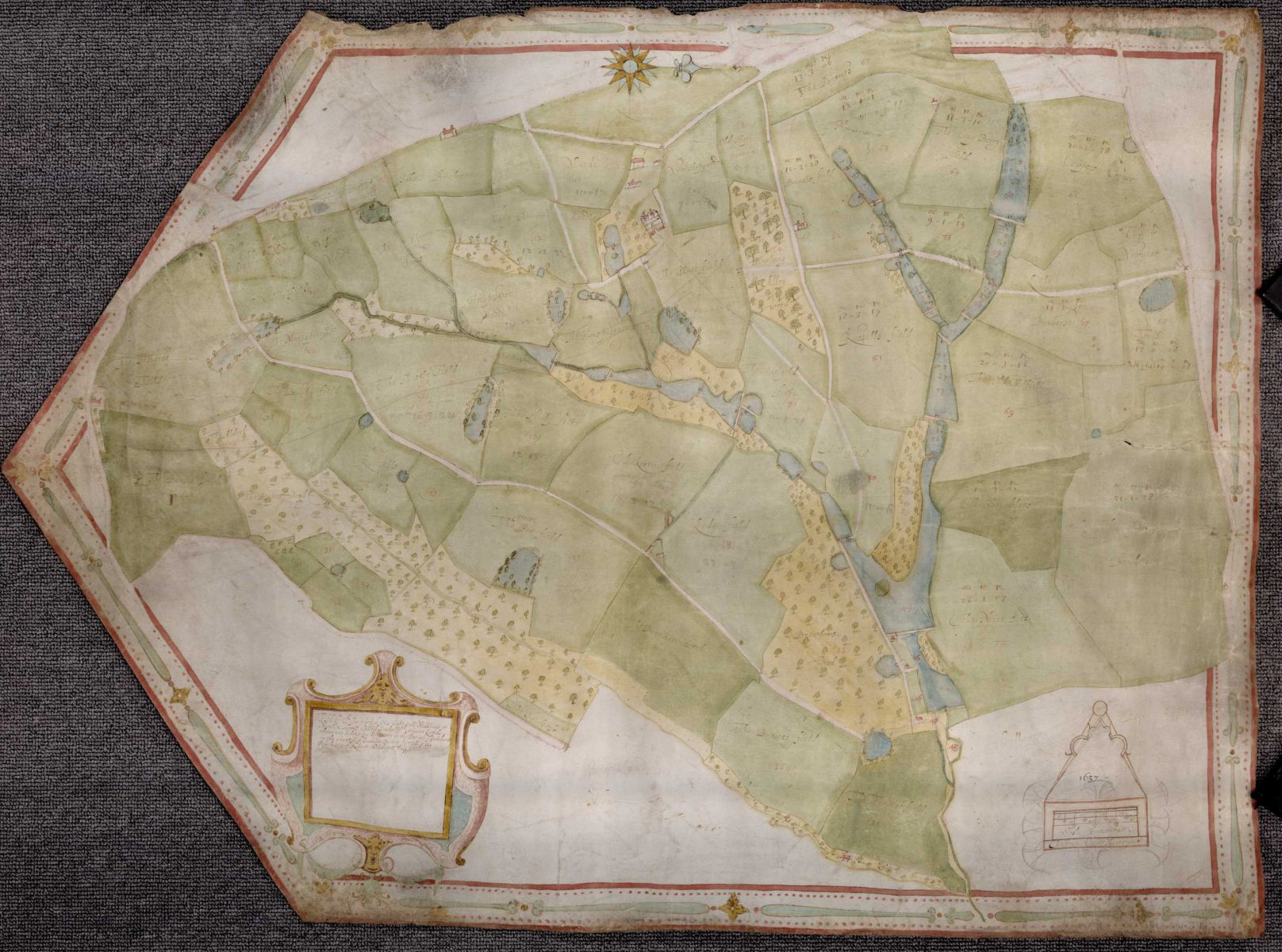
Map of Robert Wildgoose’s capital messuage called Iridge in Salehurst by Ambrose Cogger
This map clearly shows the complex system of artificial ponds created to service the Iridge furnace.
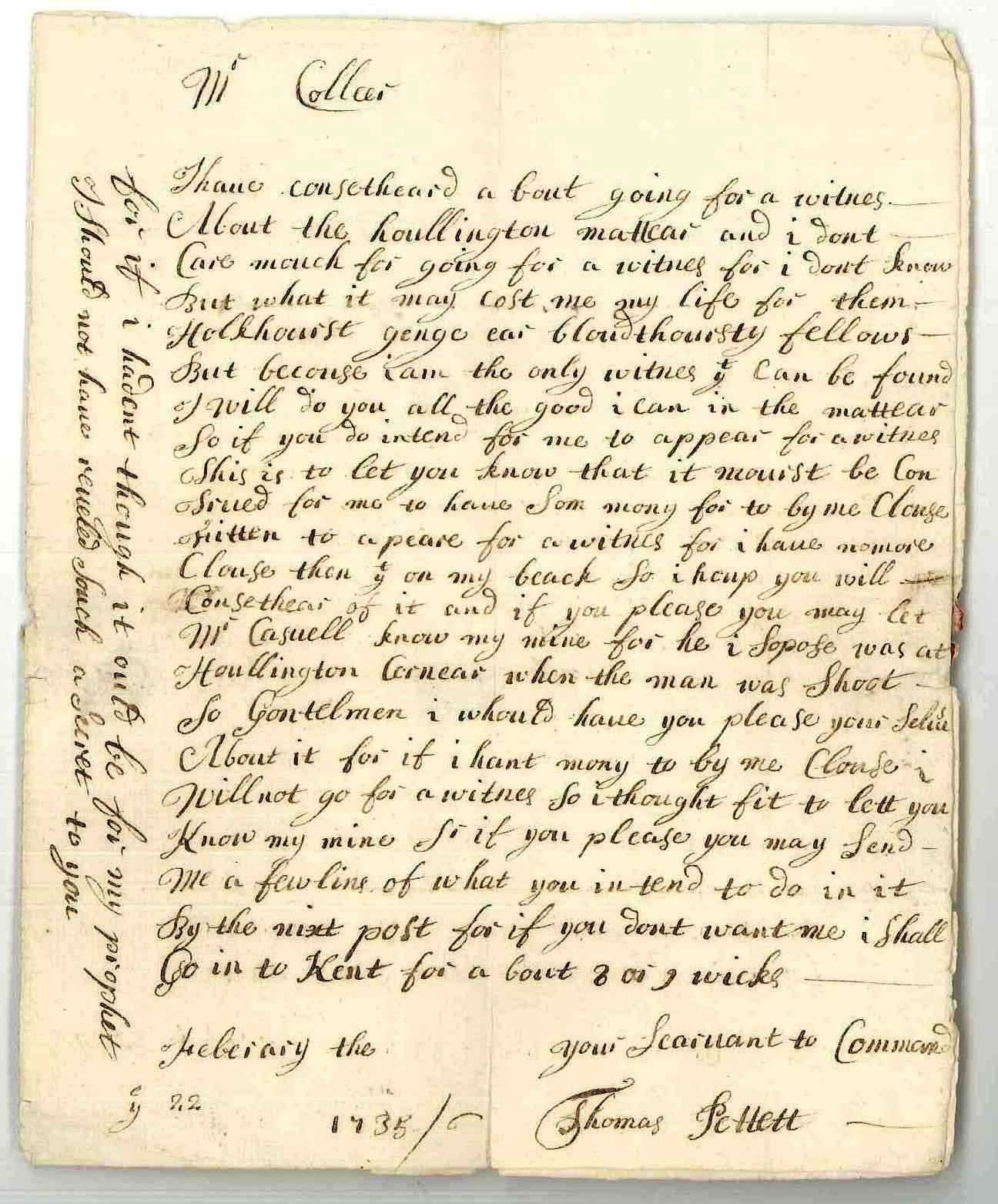
Letter from Thomas Pettet to John Collier
Collier (1685-1760) was Solicitor for the Crown assisting in trials of
smugglers until 1733 when he was appointed Surveyor-General of the
Riding Officers of Kent.
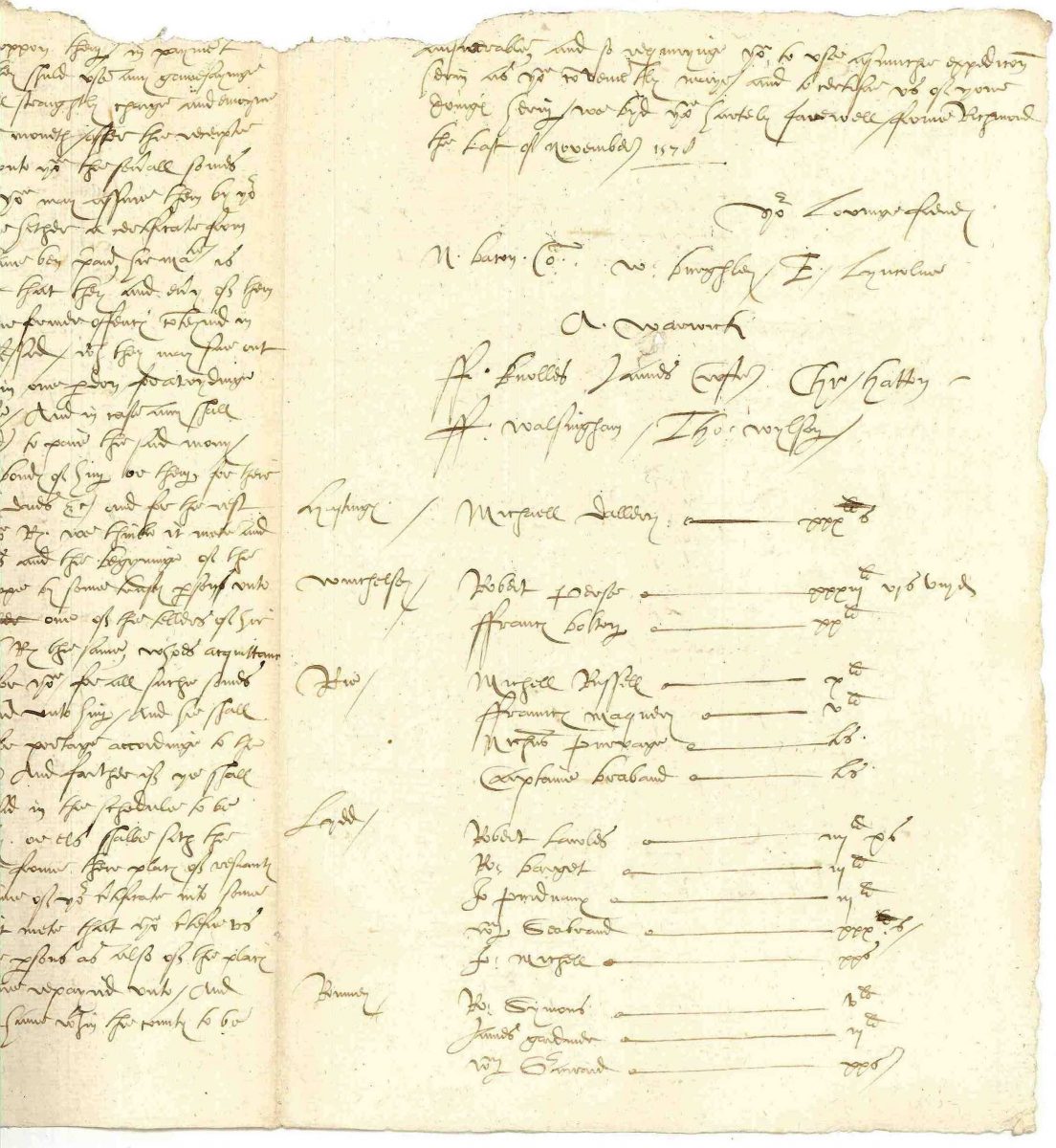
Draft letter from The Mayor and Jurats of Rye to Richard Barry, Lieutenant of Dover Castle, concerning fines for piracy
The letter lists men suspected of piracy at Hastings, Rye, Lydd and Romney, a number of whom are French. They include Frances Maquery from Rye, a French merchant from Dieppe, who also appears elsewhere in the exhibition.
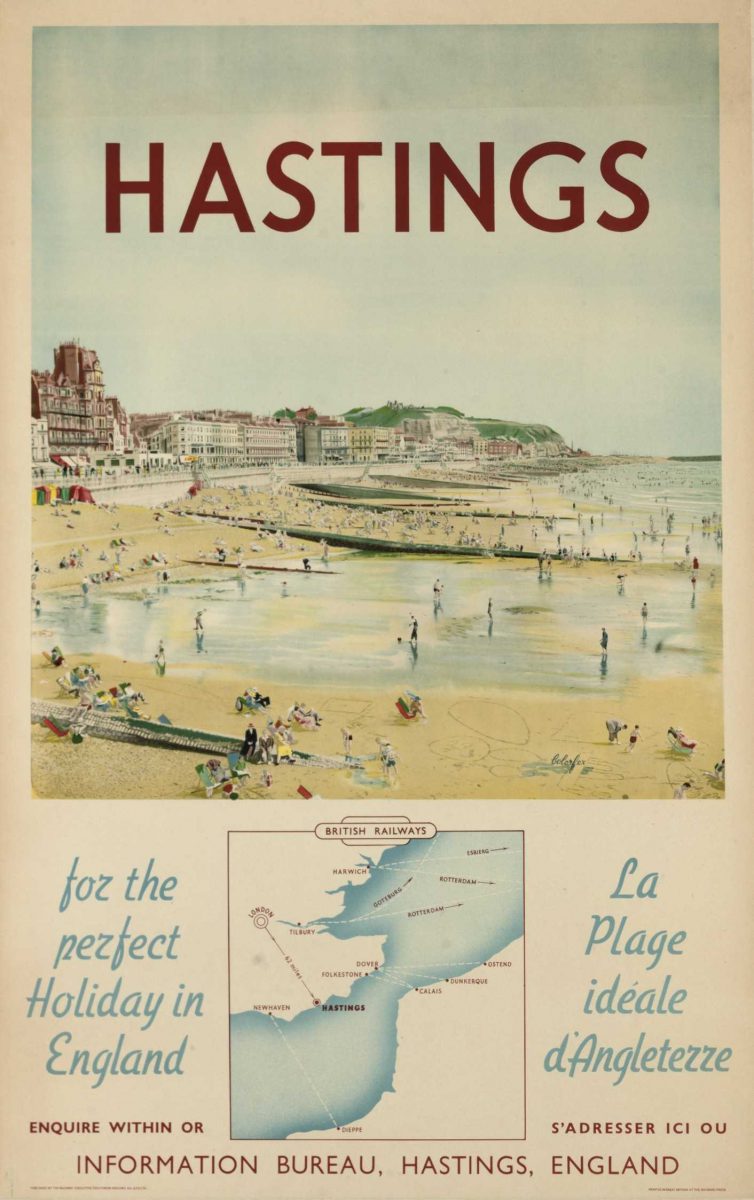
Hastings, for the perfect holiday in England, poster published by British Railways
Poster advertising Hastings to English and French visitors showing ferry routes between the south coast and France. Artist unknown.
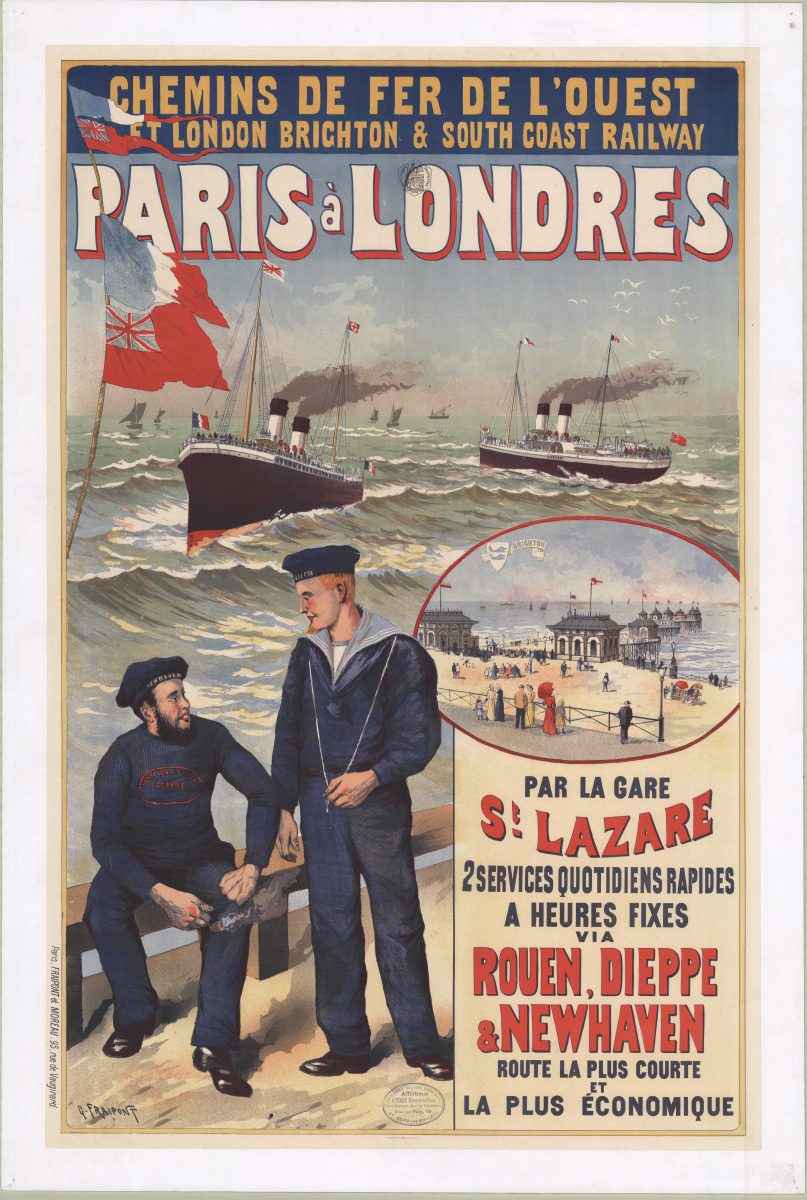
Chemins de fer de l’Ouest et London Brighton and South Coast Railway Illustrated colour poster
The earliest tourism posters were produced for the Compagnie des Chemins de fer del’Ouest in 1886, with towns and tourist offices following this example later on.
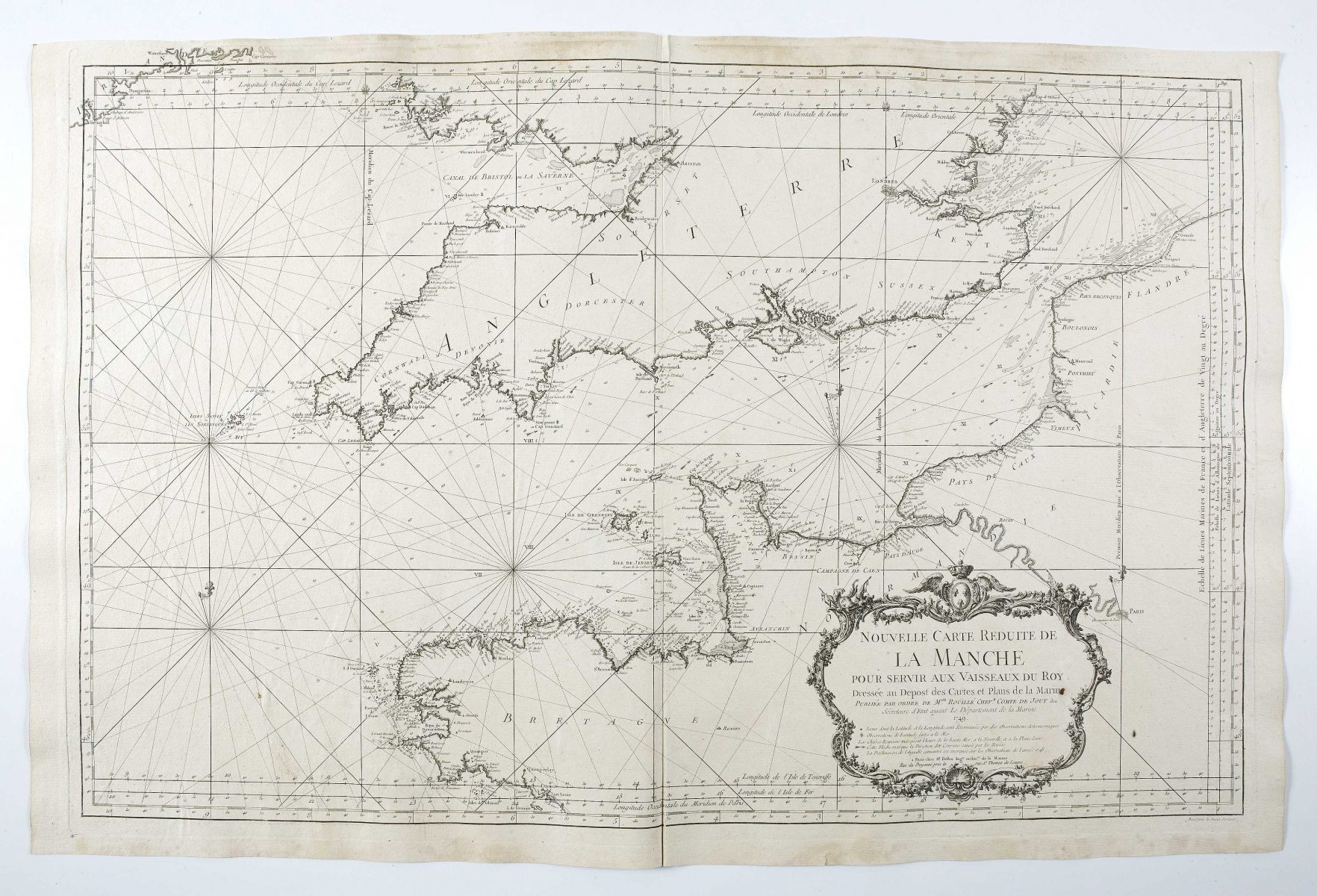
New smaller map of the Channel to assist the King’s ships
The Channel is one of the busiest seas in the world from the point of view of ship numbers, and covers an area of 75,000 km2.
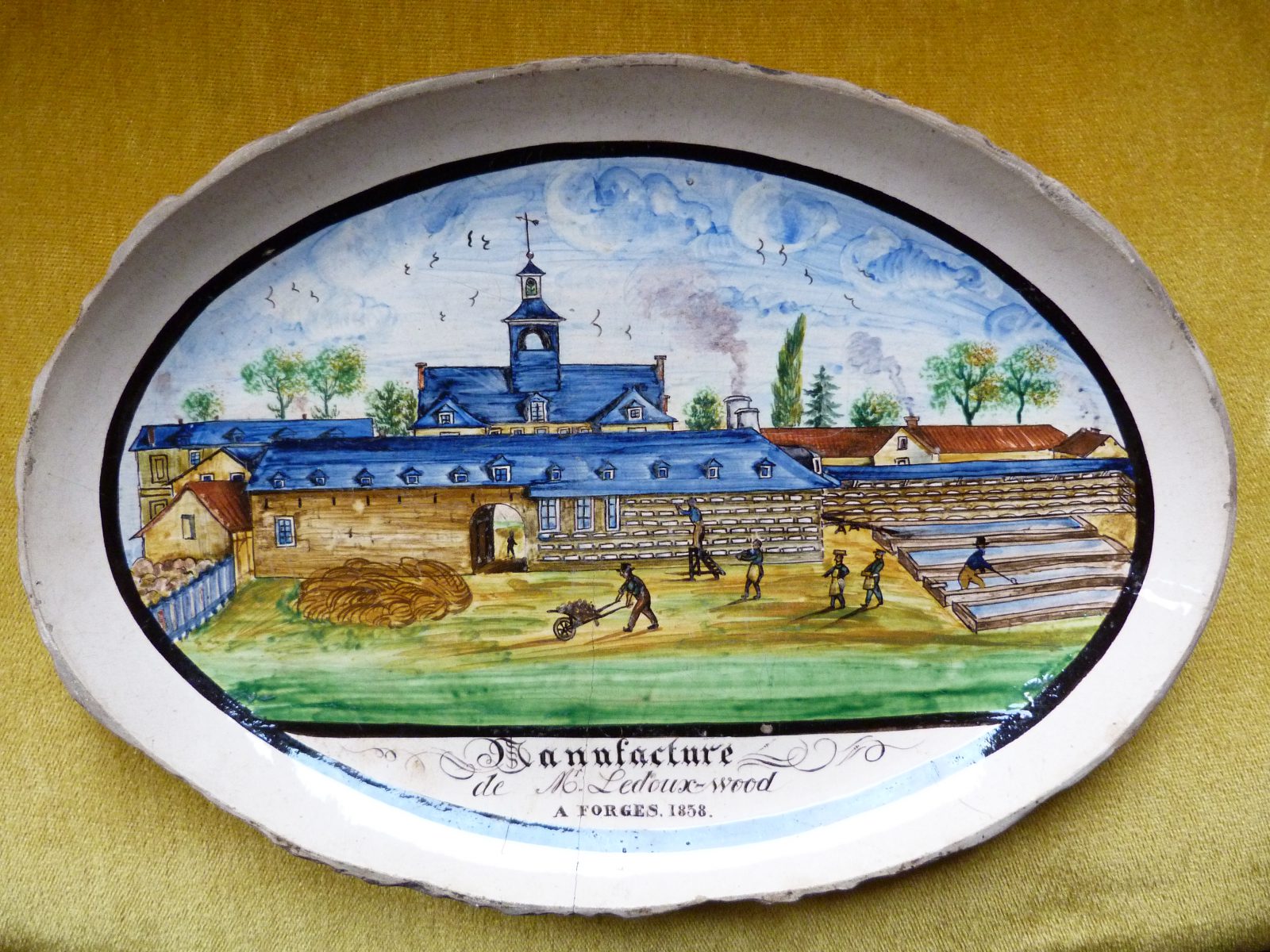
Plates made during the second period of operations of the Ledoux-Wood workshops, undated. Drawing in pen, pencil and wash by C. Ridey
It was in 1797 that the Englishman George Wood set up his business in Forges-les-Eaux.
He concentrated on the production of “fine earthenware”, made according to a technique developed in England in the 18th century, designed to look like porcelain.
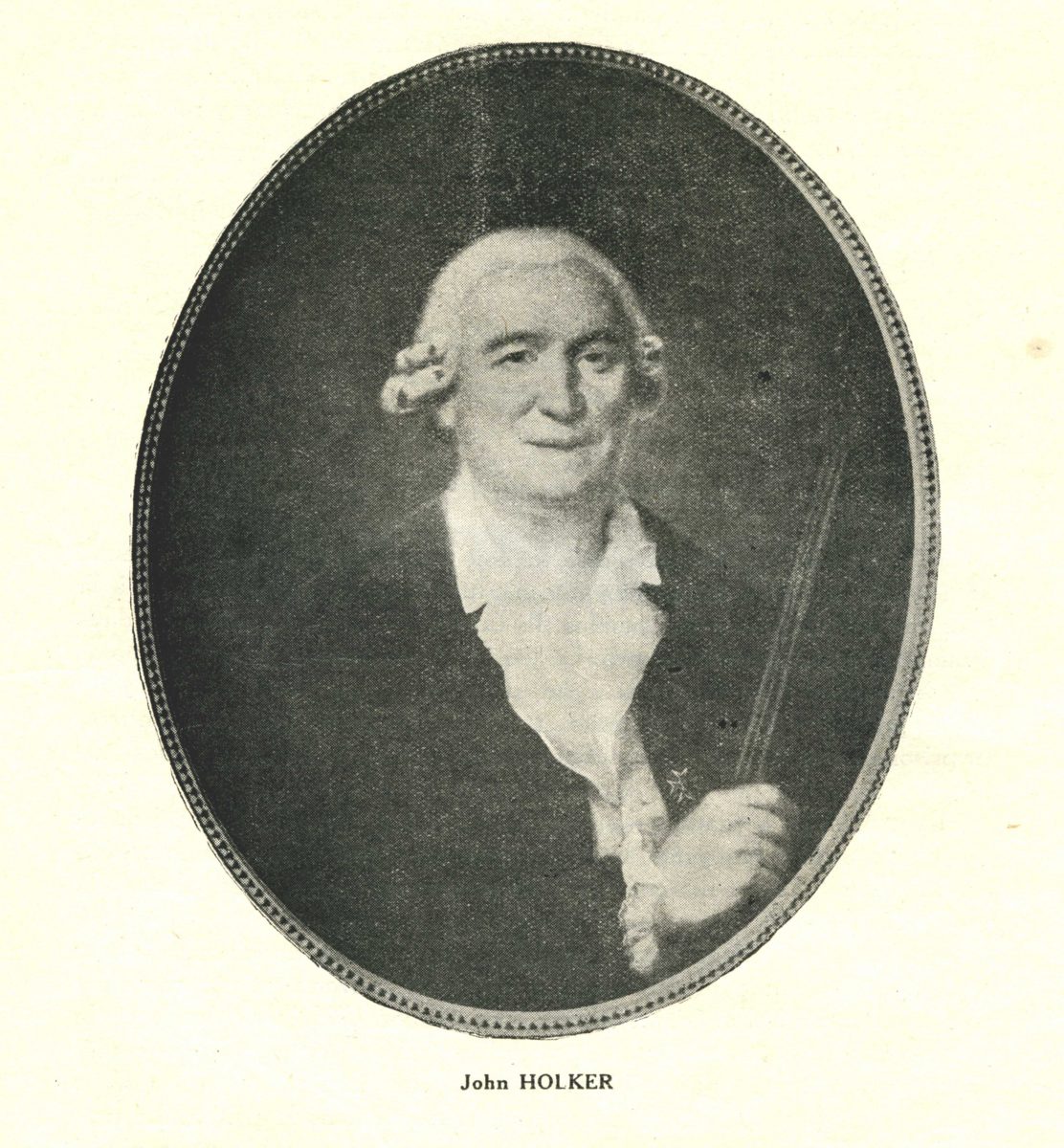
John Holker’s coat of arms and his letters of ennoblement, registered by the Cour des Aides
Born in Stretford in England and a supporter of the Stuart claimant to the throne, John Holker had to leave his native land for political reasons. When he arrived in the capital of Normandy he joined forces with an industrialist of Darnétal to set up a manufactory.
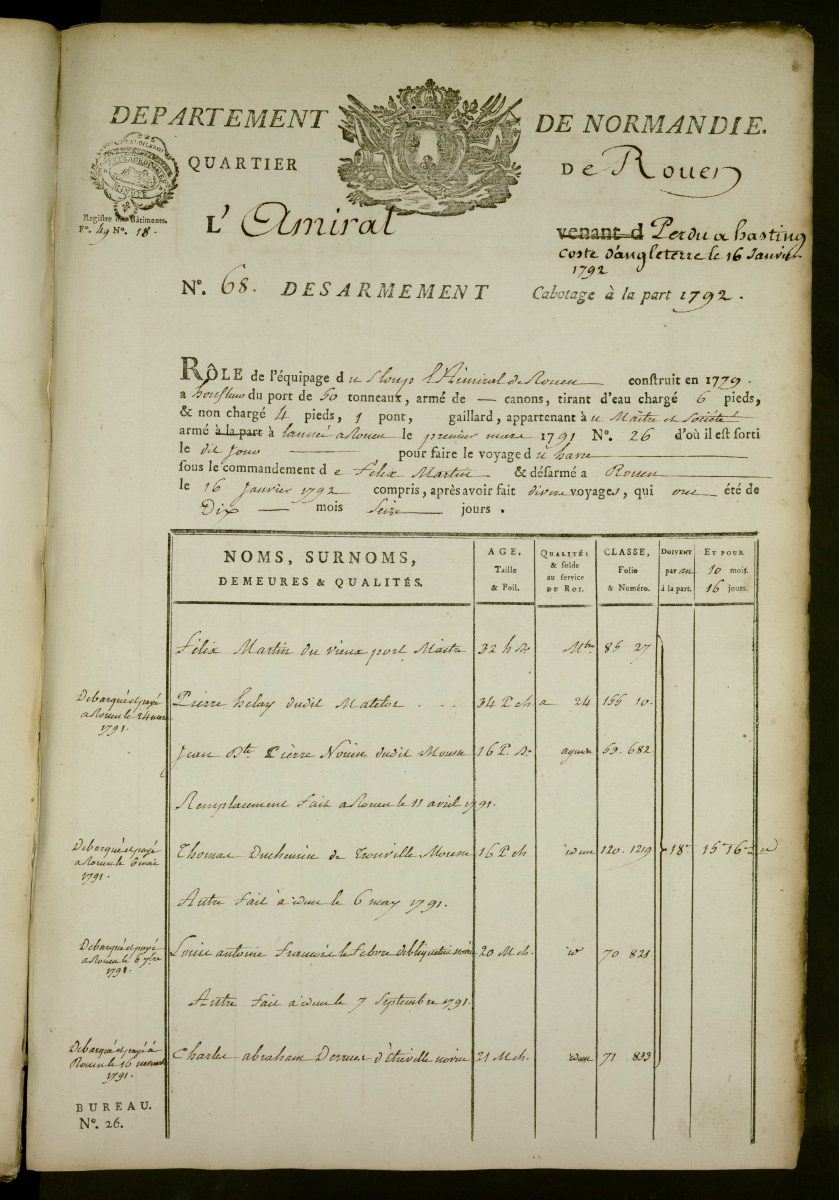
Wreck log of the Amiral, lost off Hastings
Commercial shipping registers show the extent of sea trade on ships leaving Upper Normandy.Some ships were shipwrecked before they reached their destination, as was the case of the Amiral which was lost off the English coast near Hastings on 16 January 1792.
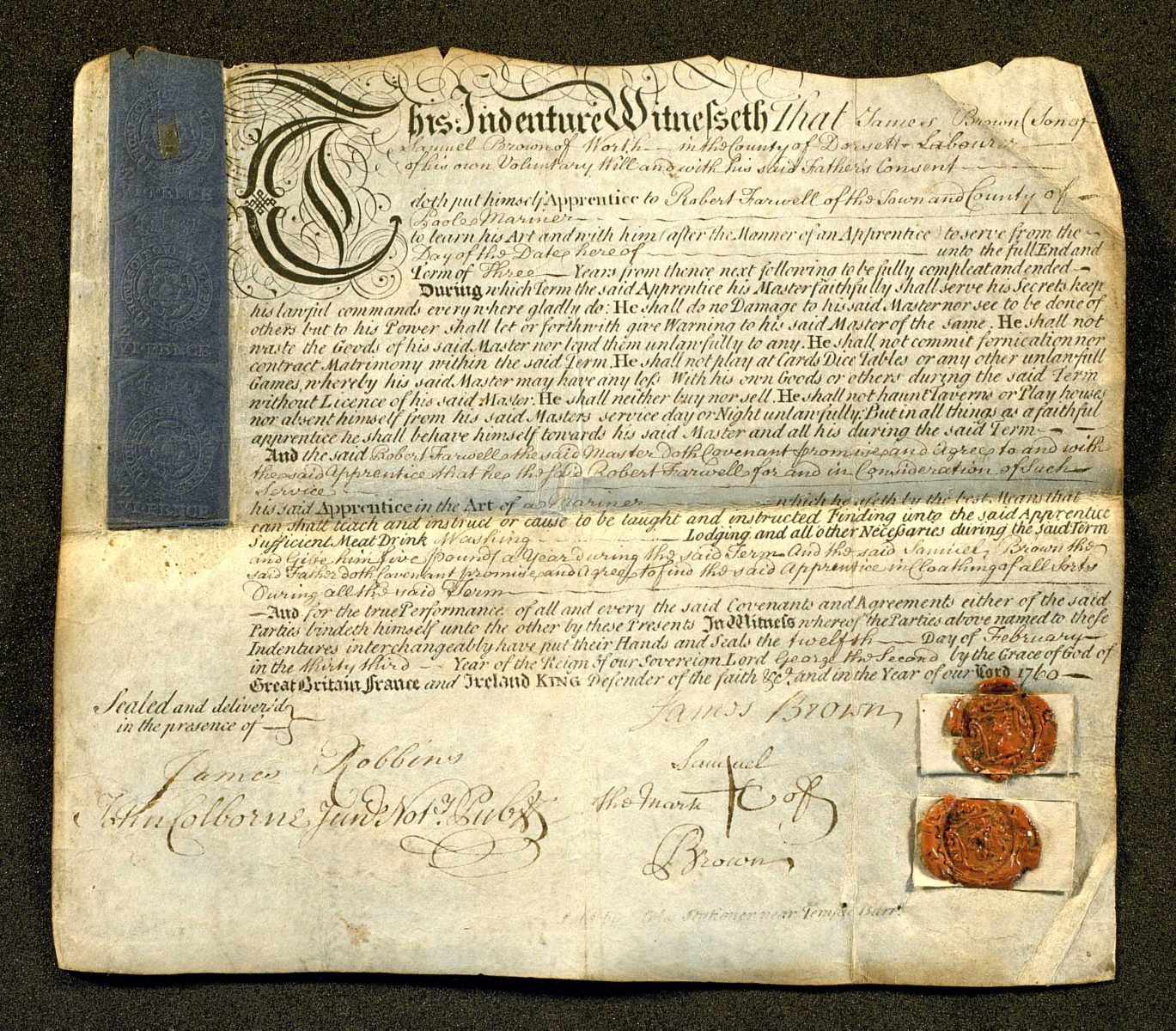
Apprenticeship contract
This document is a sailor’s apprenticeship contract (1760). It is in the format of a mediaeval chirograph: these documents were drawn up in duplicate, one over the other, and cut through along a zig-zag line or indent so that the two parts could be matched together (this is why these contracts are also called indentures).
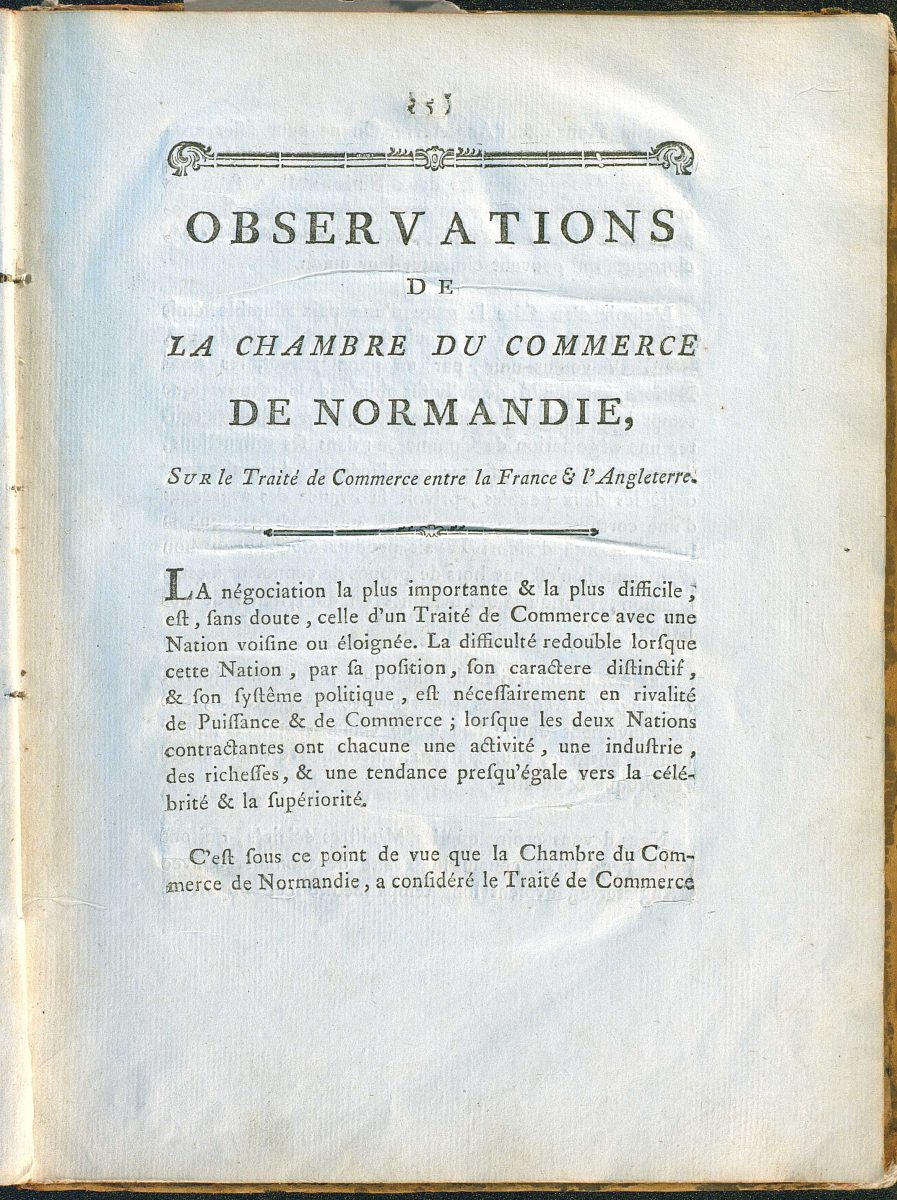
Observations of the Normandy Chamber of Commerce on the trade treaty between France and England
In this memorandum the Chamber of Commerce records its views on the navigation and trade treaty of 1786, having sent two representatives to England. It notes that, contrary to the situation in France, English corporations of merchants and manufacturers had been consulted and had managed to have some clauses that might be detrimental to their business deleted.

